I want to introduce you to an excellent photographer. Michael Sewell is a commercial photographer based in the UK. Michael’s imagery is great, but what struck me is how his story echoed my own. I was also impressed by how far and wide his excellence in so many forms of photography reached. I knew we had to chat. Below you will find part of that conversation. Lots of his insights can be ported over into any realm of photography you do. Be sure to check his site out. I give the links at the bottom.
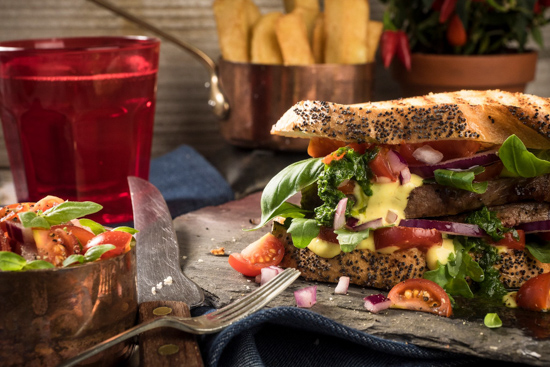
Hi Michael, thanks for taking time out of your schedule to chat with me and give all of us a peek into your world. Right off the bat, lets explore your portfolio. I love it. There are so many different areas shown, but each has your signature present. You have quite diverse subjects ranging from vehicles, products, food, architecture, and conceptual / fantasy style images. In a time where a lot of people specialize, you seem quite comfortable wearing many hats photographically. (let’s not even bring up what all the branding experts say…) What drew you to commercial photography? Is there an area you prefer, any favorites?
I don’t recall deliberately setting out to specialize in anything in particular. As an example, a long time ago, in a restaurant far, far away; I was asked to photograph food. This was a first for me and like anything that was new to me, I took my time and tried to figure the angle of incidence regarding the lights, to give me the best specular highlights. Why not chimp the image? Because I’m old, and we’re talking film. Okay, polaroids was a “thing”, but I was too tight to pay for a polaroid back.
Following the shoot, I assessed the images and made mental notes for next time. Exactly the same as we all do, although with digital, the feedback is instant, and the learning curve is doable.
One thing I will say: My clients tend to believe I am a specialist in whatever area they need me to be. This is especially true with new clients. Once you have your first shoot in the bag, and they are happy with the standard of your work, it really doesn’t matter if they discover you can shoot pretty much anything, and to the same high standard. If you start the negotiations with “I can do anything”, they won’t do their homework to find out how good you are, and the old adage “Jack of all trades, master of none” will be foremost in their mind.
And how is this relevant to commercial photography? (See, I was getting there eventually). The title Commercial Photographer is pretty much all encompassing. From products to vehicles, food to property, PR to erm… something else, the title allows me to say “Yes, that’s something we do”. It also means I’m unlikely to get bored shooting the same thing, day in, day out. (Kill me now!)
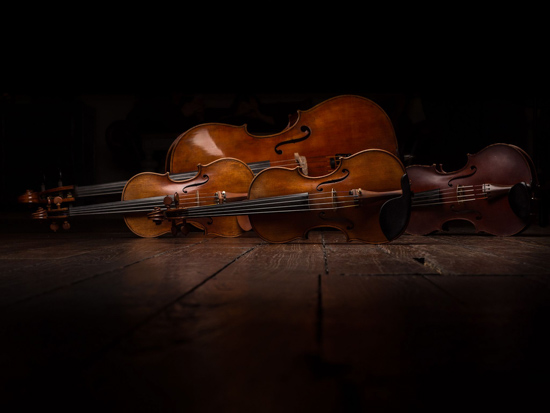
If you shoot something often enough, with a drive to create imagery that is to the very best of your ability, then you cannot fail to become a specialist in that subject. Take that same drive and passion to every shoot and every subject, and you will succeed in any of the arenas you wish to.
And the subjects that don’t float your boat? You come to realize you are judged on whatever image you create. Potential clients make the assumption the way you shoot anything, is the way you shoot everything. If you release an image that isn’t quite as good as the rest of your portfolio, which one do you think will make an impact with a new client? It’s sod’s law. Hence the rule, only show your best work. And with clients? Only put in your best performance.
Oh, and my favourites? I love food photography, although I never eat the stuff I shoot (No, it’s not pumped with oil, or tampered with, heaven forbid!!!), I just don’t want to be known as the Fat Photographer! I really enjoy vehicle photography, although I prefer the challenge of larger vehicles such as trucks etc.
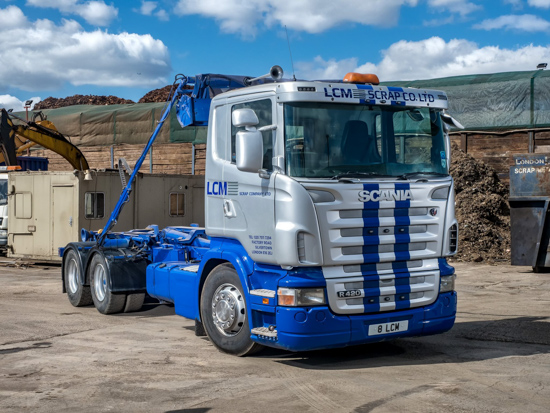
I love what you said.
If you shoot something often enough, with a drive to create imagery that is to the very best of your ability, then you cannot fail to become a specialist in that subject. Take that same drive and passion to every shoot and every subject, and you will succeed in any of the arenas you wish to.”
I think that really is a strong statement. Sometimes even a little bit of drive can get us to new peaks we never imagined. Part of that is doing the work. I can relate. Some people wait for the creative muse, but in reality sometimes shooting often, even the same subject or place is really what we need to work past where we are. To break through and make that new discovery in ourselves. No one has to see the tests and trial images.
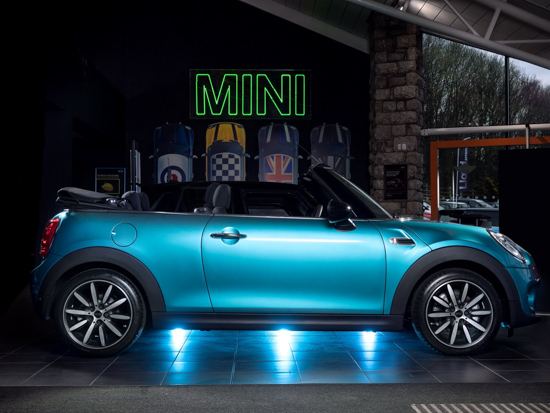
Your story of going mirrorless “mirrors” many people I have spoken with. (For those of you that don’t follow Michael, you can read his story on his blog here!) Any further insights or advantages you have found since working with a smaller format now that some time has passed? (-quick note…Michael made all the images in this post with an E-M1)
I’ve used an Olympus for a couple of years now, and finally ditched the full frame kit last December (for those who don’t want to read the blog). I started out trying to find the system’s strengths, how I could change my tactics and style to suit the E-M1. What a putz! I soon found I was struggling to find its shortfalls. I shoot a lot of Wedding brochures for hotels such as the Marriott Group, Macdonald Group yadda yadda. I would frequently shoot at very low shutter speeds to blend the ambient with flash within the image, ensuring the atmosphere of the room was preserved. I’ve hand held full frame 24mm at 1/13th sec before now, and managed just fine. Well, you know. Shoot five frames just in case, and give the client the one crisp image. The first time I used the E-M1 in a similar situation was for the Marriott in Preston. A beautiful room that relied on wonderful ambient lighting. I did the usual five frame thing, and struggled to choose which one to pass on to the client. Every single image was razor sharp. (Bear in mind, the E-M1 was bought as a “me” camera, not for client work. Yeah, that got me into trouble with the Mrs.)
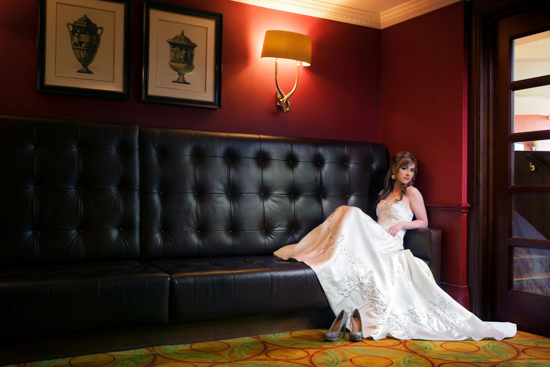
Actually, every single feature of the system has impacted heavily on my shooting, and I never saw any of it coming. I mean, take a look at the 12-40mm f2.8 Pro lens. I’d quite happily have mine welded to the body, it’s just a phenomenal piece of glass. Take food for instance. You want to be able to get in close and you also could do with a decent depth of field. Both of those tend to negate each other with full frame, but not here. It was a food shoot I took my first E-M1 along to, just to, you know, try it out. After all, this was my weekender kit, something to have at home and take out on walks and play with. The first image I shot during that food shoot changed the whole ballgame for me. Ultra crisp detail, depth of field I could only dream of, and a close focus ability that let me dip my lens hood in the sauce. (Yeah, don’t ask). (I have run my 12-40 hood into more subjects than I care to disclose as well… -Tony)
That shoot ruined everything. My lifelong romance of over 37 years with full frame suffered irreparable damage that day, finally culminating in a divorce in December.
How is it working with a smaller format? Liberating! Less space needed for more kit. Okay, so that was kinda obvious. How about the fact I just love being able to review images in harsh sunlight? Don’t laugh, even in the UK we get three sunny days a year. More to the point, how about being able to review images, make adjustments, dive through menus, and all without having to put on my reading glasses that I left at home? The EVF on the E-M1 mkII is amazing. End of story.
Other advantages? There’s far too many for me to even recall, but here’s a few:
-Fixing the camera overhead for product photography, and casually making adjustments and reviews from my phone.
-Changing the image format, and having it show as pre-cropped in Lightroom. Do you have any idea how damned annoying it is to have to use the viewfinder grid on a full frame to visualize a square crop, make the shot, do the PP and run it through your automated action to crop all the images square, and find you just clipped the last pixel of the product on one side? It costs time to re-export a fresh Jpeg and then crop manually.
The Olympus lets you see exactly how it crops, and if you do, erm.., twitch, you can amend the crop in post because you have access to the full raw image. Bonus!
Believe me, there are far, far more, but these two were just a few of the nails in the coffin of my full frame relationship.
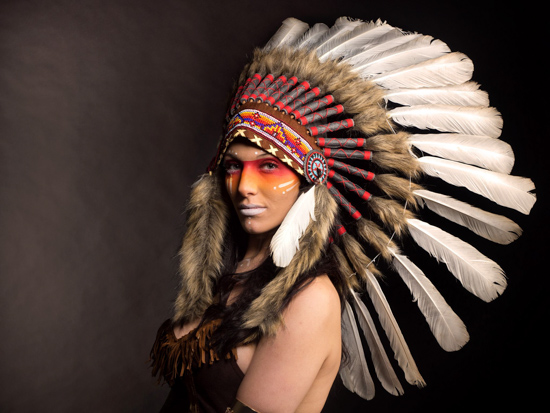
It was all these little functionality and workflow features that sidelined DSLRs for me too. So many small “day to day use” enhancements added up to a package that punched way above its weight. How about your clients? Did your clients or anyone else notice a difference.
Did my clients notice? I was initially going to answer no, but then I remembered some of the conversations with clients during image delivery and evaluation. It isn’t really a “Wow! What did you use?”, but more along the lines of commenting on the sharpness, or depth of field. Other than that, I wouldn’t expect them to notice. They certainly don’t ask what I use, and why should they.
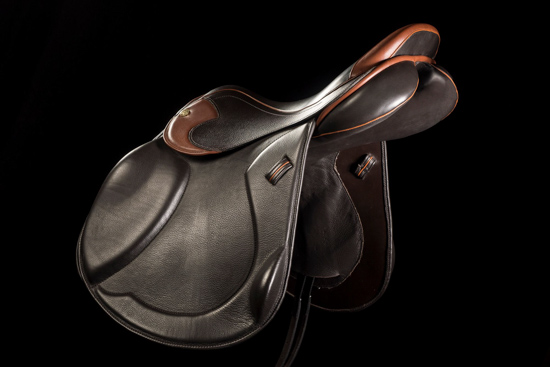
Being in the commercial world myself, I know the equipment used in different genres vary greatly within the specialty areas. That’s why the rental houses are on our cell phone speed dial. I personally still carry a tech cam with me to many of my shoots, but even those shoots are seeing me use the mirrorless system more and more often instead. How have you found mirrorless cameras able to adapt into the commercial landscape?
Okay, I don’t know if I’m lazy, or just get the best out of what I use. Or maybe it’s just down to the fact the E-m1 mkII and 12-40mm f2.8 Pro is an incredible combination. It’s my first go to kit for anything and everything. Boring, I know, but it does what it promises to do, and it does it incredibly well. I used to own what I considered to be the best general lens on full frame at 24-70mm f2.8. And I still stand by that, because it was damned good. But the Olympus combo can have it for breakfast. There hasn’t been a situation yet where I would have reached for anything other than the mkII and 12-40mm, no matter what other options may be available. Okay, I occasionally swap out the 12-40 for the 40-150mm, just to make sure it still works, you understand. And the 25mm f1.2 is in a class of its own. But have I ever wished for something else? Not on your life! And definitely not since the mkII was released.
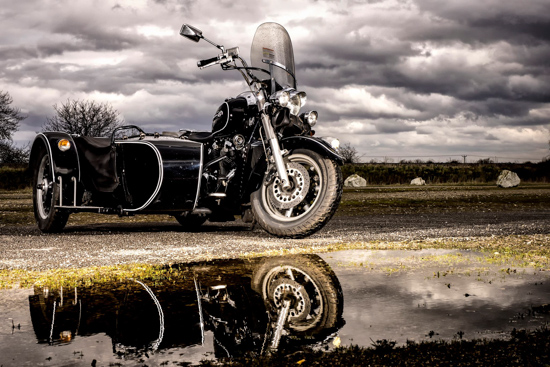
The 12-40 is a gem. A lot of us on this site are in that same camp. In my opinion the 12-40 is almost a reason to shoot mirrorless in itself! Yeah I love it that much. That lens actually reignited my passion for the landscape and the natural world in photography. Once I started shooting full time I found less time to shoot for me personally. Not personal projects, but for me as a personal relaxation. A way to unwind and get away from the workplace. I look for any chance I can to get out into the landscape now with that lens and just play, experiment, discover. How do you “keep fresh” photographically? Shooting for a living often means we are photographing often and within limitations. Client limitations, budget limitations, time limitations, etc… How do you manage to enjoy photography and fan the flame of creativity over the long term, and especially outside of client work?
Is there an “outside” to client work? Really? I thought that was all hype! Well, okay. I have some distant memories of shooting hovercrafts and motorcycles in the seventies. Oh wait. That was client stuff. Ah, what about off road car racing, motorcycle track days and.. erm.. No, that was client stuff too.
My non client “stuff” was the early seventies, and involved wandering around streets at midnight (Hello officer!), or clambering through wooded areas. All designed to hone skills such as playing with thyristor flashguns and long exposures. All wonderful learning grounds and something I remember with great fondness. It was discussions about my early teens that prompted my wife and a few of my employees to bully me into buying something “different”, to use for my own projects, and reignite that passion and fun I remembered. Well, that first food shoot I took the E-M1 on, kinda screwed that up.
It’s still all client based work, much to my wife’s disappointment. However, there’s some client stuff I enjoy to the point I don’t really consider it as being client driven. Things such as photographing Cosplayers. I get a huge amount of input on these shoots, and the people are incredible. Okay, they tend to be nuts, which is probably why I like them so much, but they all do a huge amount of work for charity. Mostly children’s charities, actually. And if you are having so much fun you regret finishing the shoot, is it really work?
Exactly. Loving what we do is key. The process is so much more important than even the outcome often. A lot of us that are in a photographic life for pleasure or for work need to constantly keep this in mind. Sometimes just being out with a camera with my mind clear and receptive makes all the difference in the day…even if no images result.
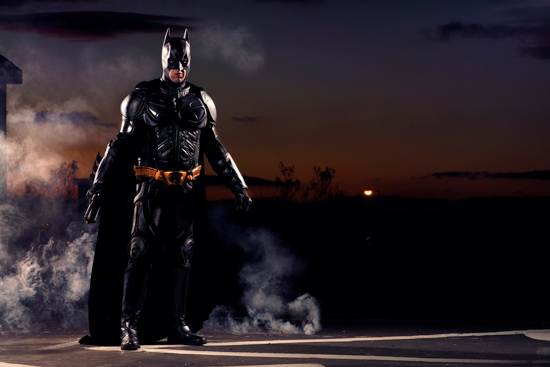
So tell us a little bit about Focal Point. How does that tie in to your work.
I guess I would call Focal Point a personal project. (Yes, I’m stretching it a bit, but I have personal reasons for this, and it’s not client driven.)
Focal Point is a multi-faceted branch to the business. After my latest employee graduated to a point he wanted to set out under his own steam, I realized one of the most rewarding things about photography for me, was the teaching. And whilst I’ve taught lighting for years, it tended to be ad-hoc and when there was sufficient demand.
Focal Point has a client facing side, which creates the demand for work in various genres. The photography side of Focal Point provides training for photographers, and also allows me to assess and recruit photographers to the team, meeting the demand for the work. There are other benefits for the team members too, such as discounted studio hire.
Like I said, not a personal project in the traditional photography sense. But for me, to provide the help, guidance and training that will help others achieve their goals and aspirations, yeah, that’s definitely a personal project. There’s far more fun in the teaching, than there is in the knowing.
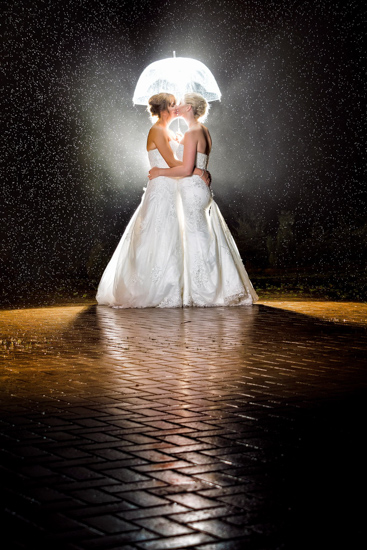
Michael, thank you so much for your time and willingness to share. It is always a pleasure to listen and learn from others’ experiences and gain some new insights. I look forward to seeing more of your work!
You can check out more of Michael’s work at the following links!
His main portfolio site is www.sewellshouse.co.uk
His training site is www.focalpointpro.co.uk
If you enjoyed this feature and know a photographer that needs to be shared, let me know! If you are a photographer yourself and would love to chat and show your latest project, drop me a line.




There’s no end to this man’s talent. Great work, great interview x